Nipponosaurus
Name Origin
Japanese Lizard
Family
Hadrosauridae
Classification
Diapsida, Ornithischia, Ornithopoda
Habitat (Discovery Location)
Karafuto, Hokkaido (present-day Sakhalin, Russia)
Period
Approximately 80 million years ago (Late Cretaceous)
Length
Approximately 4 meters
Weight
Approximately 1 ton
Diet
Herbivore (Plant-eater)
 Jurassic
Jurassic
Park / World Featured Dinosaur
Appearance in Jurassic World
It appears in the park's Innovation Center.
In the film, Nipponosaurus was included in the lineup as one of the holograms (Holoscope) displayed within the center.


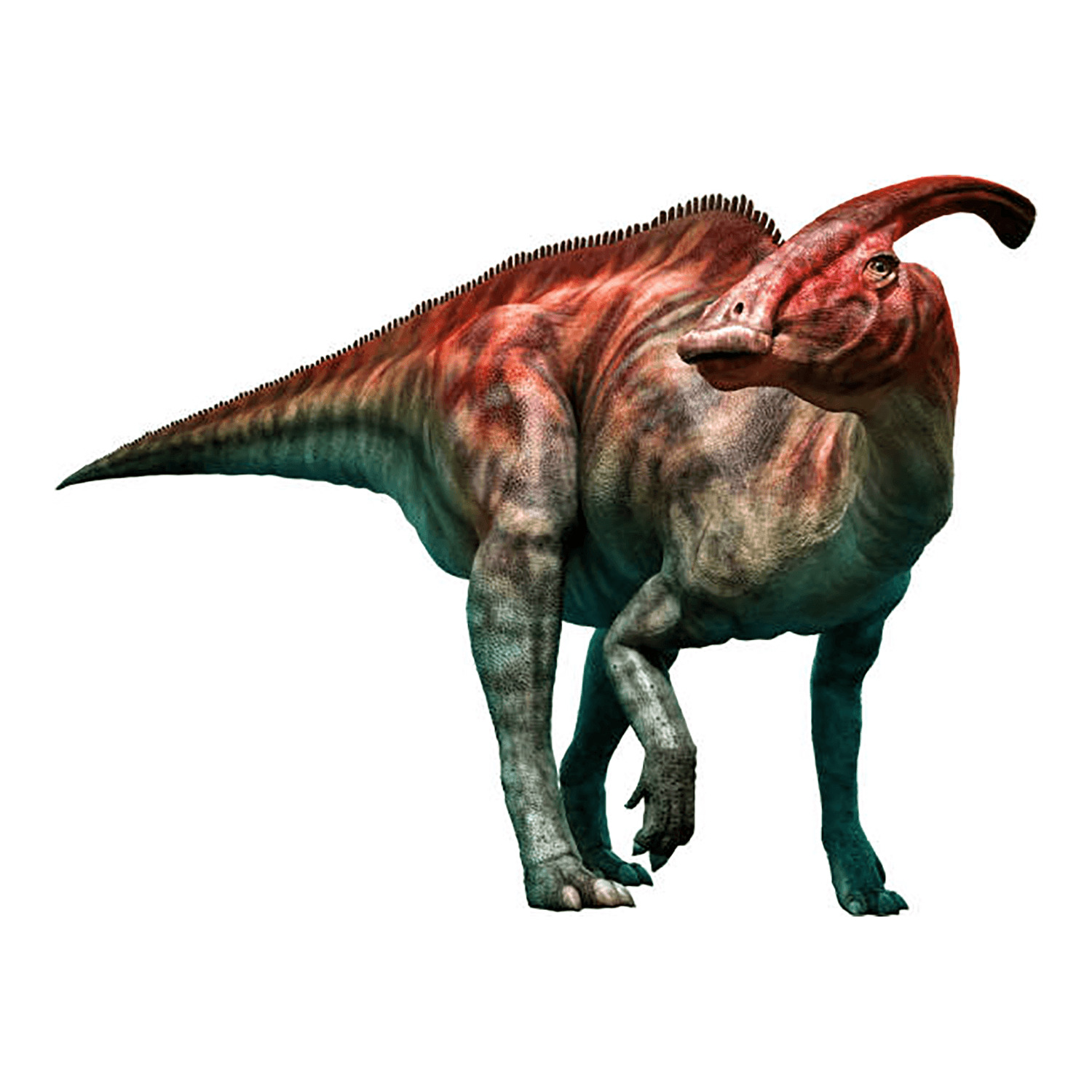
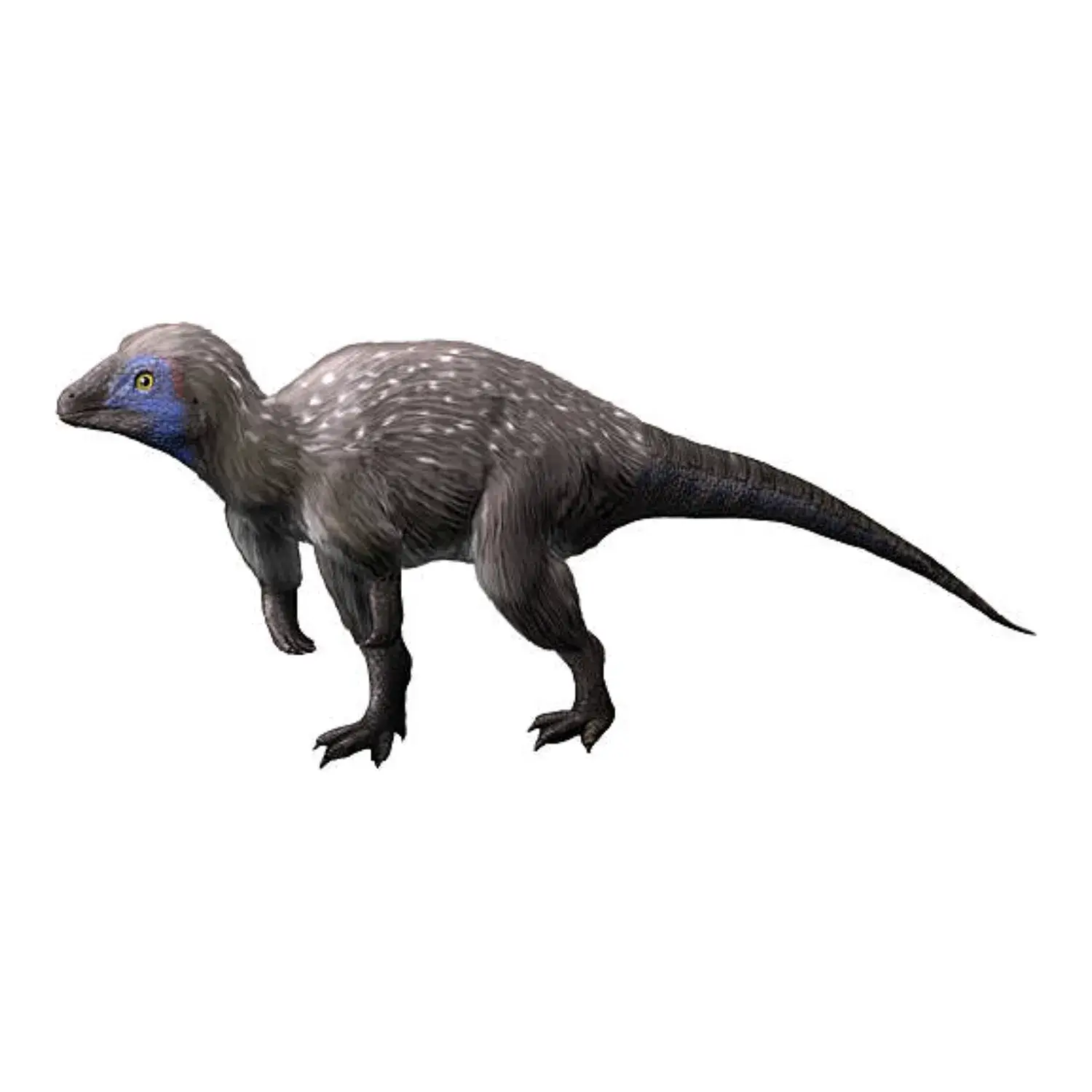

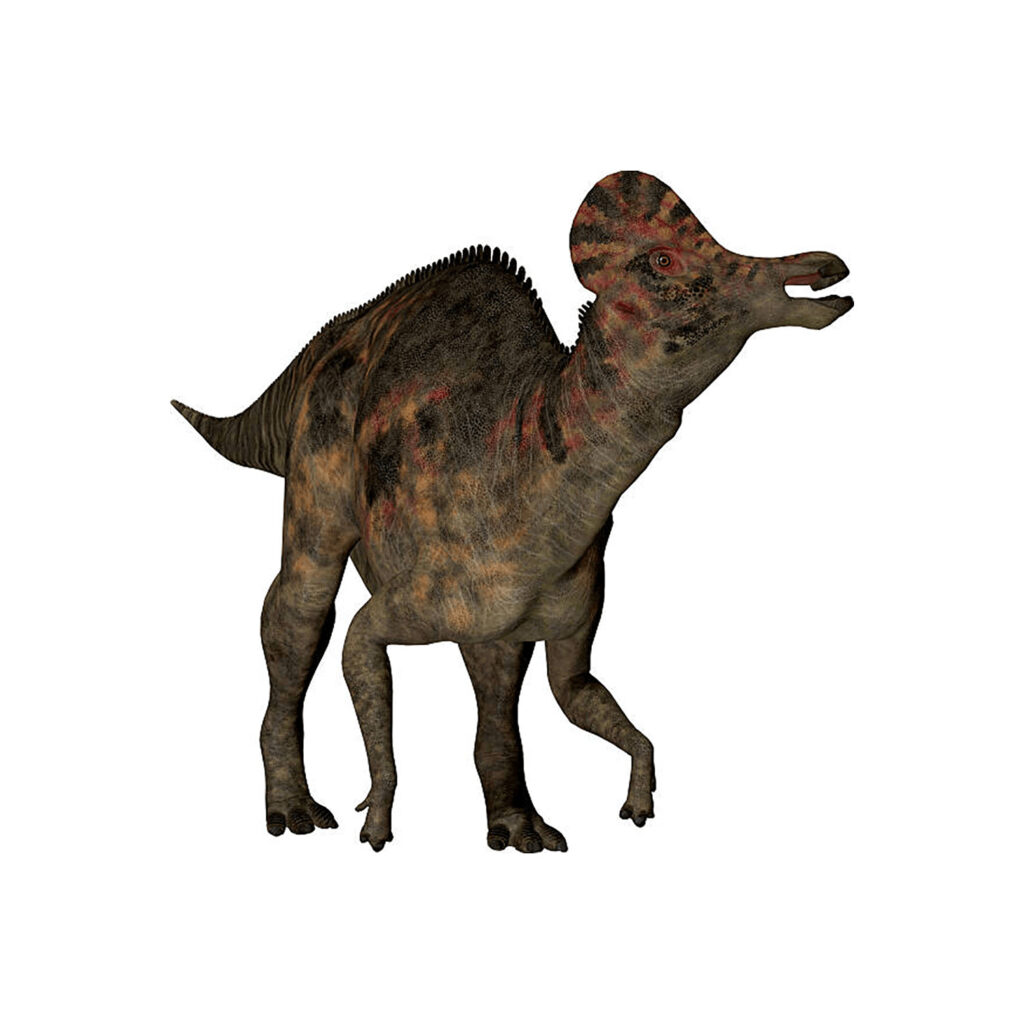
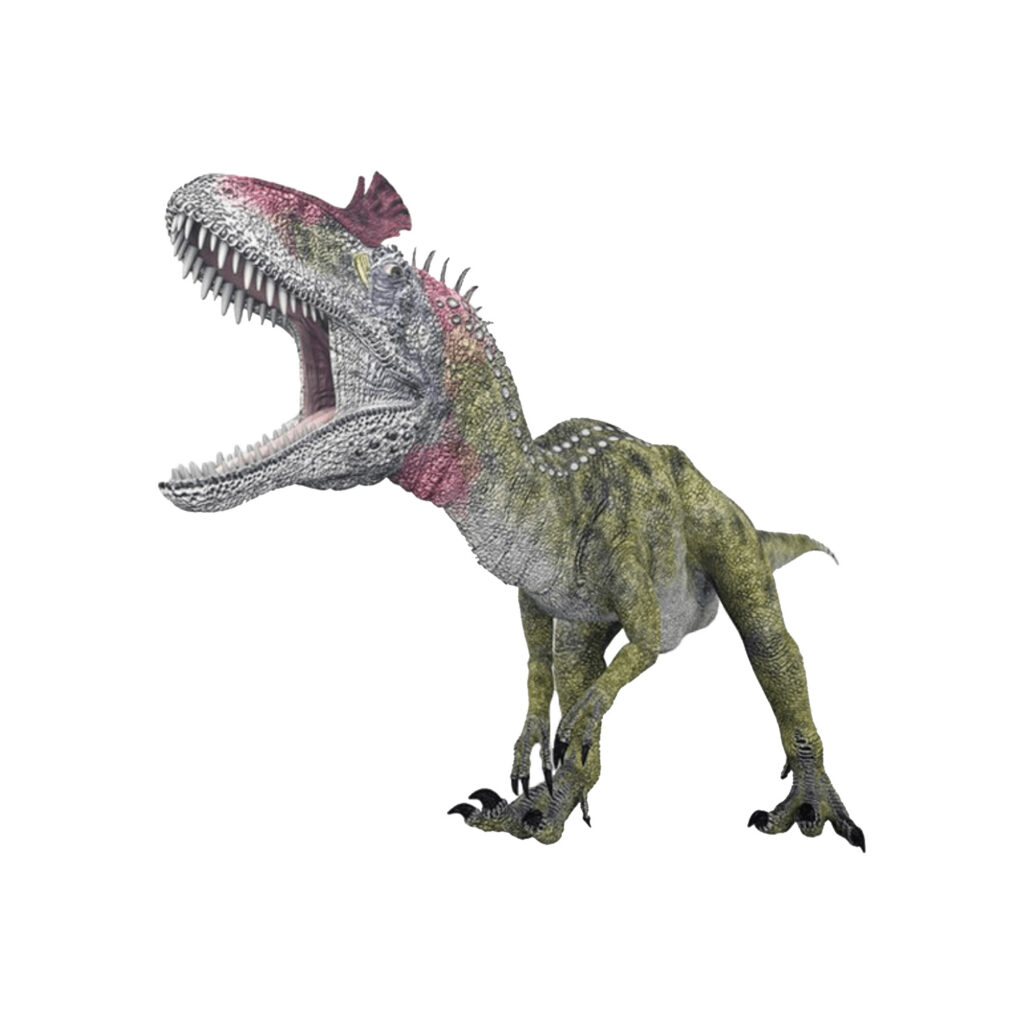

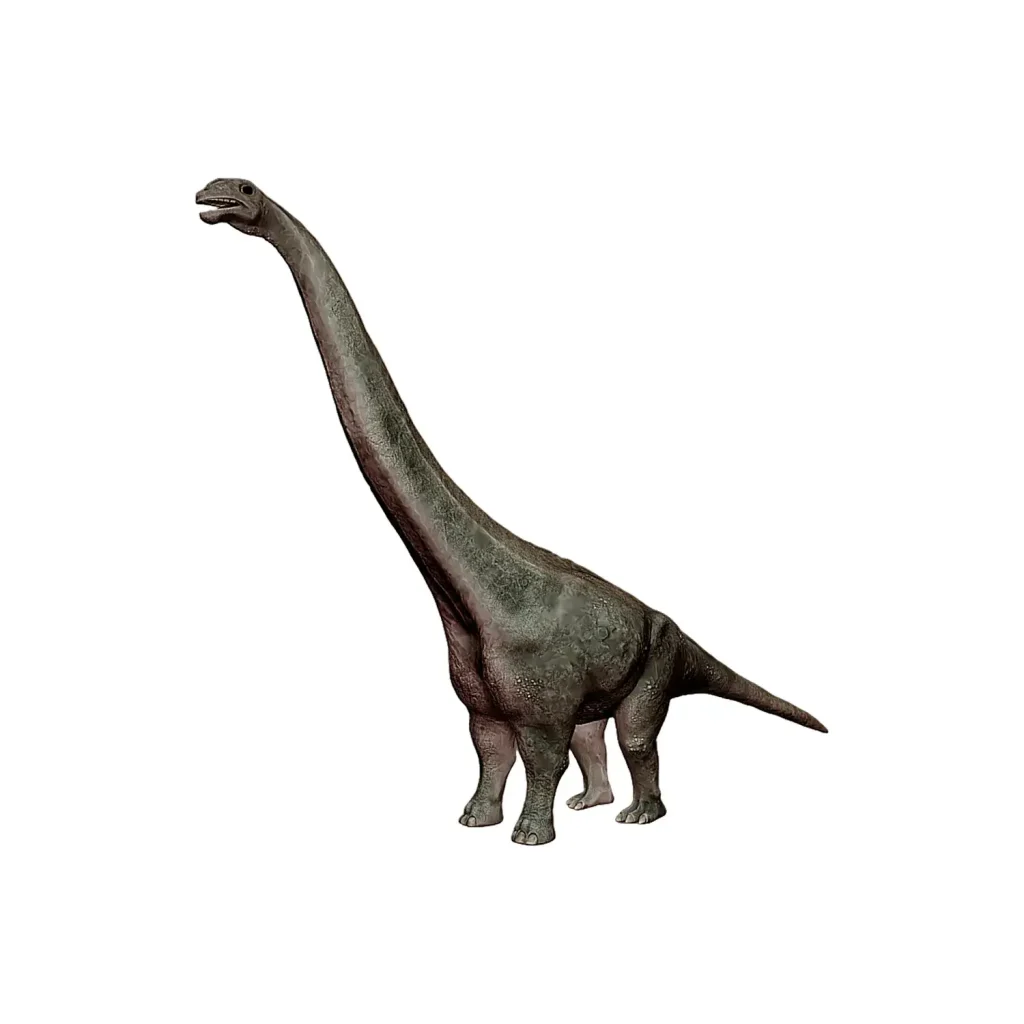










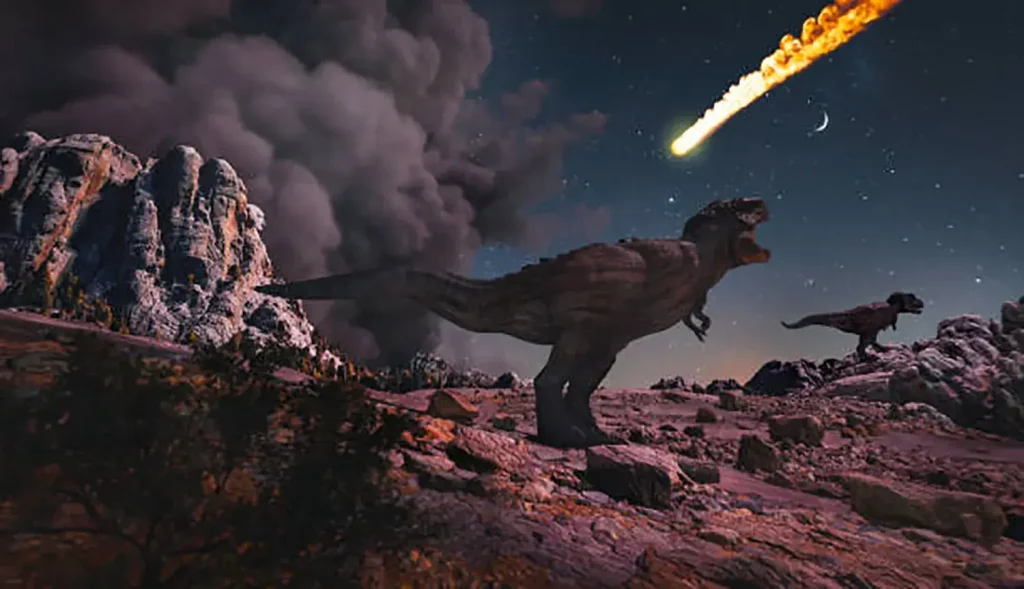
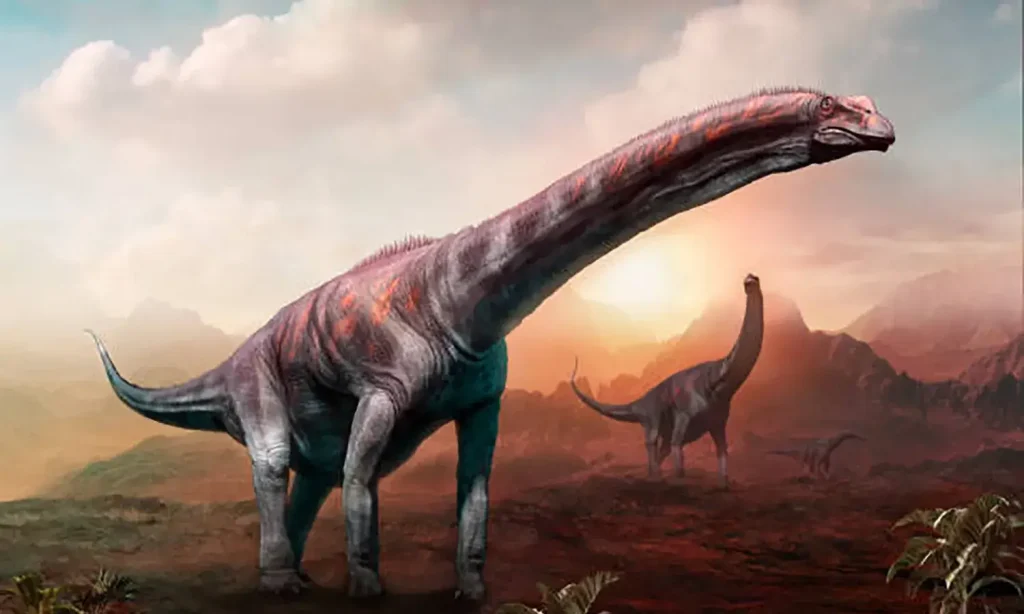
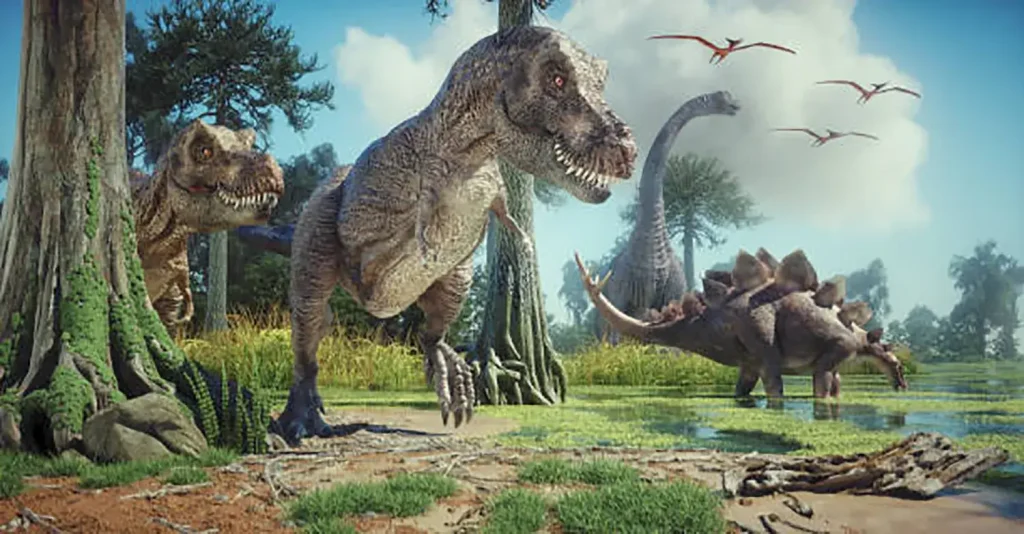
Description
Nipponosaurus was an ornithopod (hadrosaurid) dinosaur that lived during the Late Cretaceous period.
While its name includes “Nippon” (Japan), it is a dinosaur with a very unusual history, as it was excavated in what is now Sakhalin Island, Russia—at the time, the Japanese territory of Karafuto.
A Monumental First Step in Japan’s Dinosaur Research History
The fossil of Nipponosaurus was discovered in 1934.
The location was a hospital construction site within the Mitsui Kawakami Coal Mine facility in Karafuto, which was Japanese territory at the time.
This discovery holds immense significance in the history of Japanese paleontology.
This is because Nipponosaurus was the very first commemorative dinosaur to be excavated and formally named by Japanese researchers.
Discovery and Description
The discovered fossil was studied by Professor Takumi Nagao of Hokkaido Imperial University and was described in a 1936 paper as Nipponosaurus sachalinensis.
This became the first dinosaur research paper published by a Japanese paleontologist.
Discovered Parts
The excavated fossils, which include parts of the skull, pelvis, lumbar vertebrae, and hind limbs, account for about 40% of the entire skeleton.
As it was found in a marine stratum, it is believed to have died on the coast or its carcass was washed out to sea after death.
In 1937, another investigation was conducted at the same site, and fossils of its limbs (hands and feet) were also excavated.
The “Lost Specimen” and Its “Rediscovery” 80 Years Later
Despite its glorious debut, Nipponosaurus had a difficult history afterward.
Due to the chaos of World War II, Karafuto becoming Soviet territory, and the retirement of the lead researcher, Professor Nagao, the valuable Nipponosaurus specimen was left to languish in storage at Hokkaido University for a long time, its details largely unknown.
At one point, it was even referred to as the “lost specimen.”
However, in the 21st century, a new generation of researchers, including Dr. Yoshitsugu Kobayashi, “rediscovered” this specimen.
Through a thorough re-examination using modern technology such as CT scans, the true nature of Nipponosaurus and its scientific importance were brought back into the spotlight after more than 80 years.
Physical Characteristics and Classification
Nipponosaurus is classified as a member of the Hadrosauridae (duck-billed dinosaur) family, which was widespread and successful in North America and Asia.
Diet (Common Hadrosaurid Trait)
Like most hadrosaurids, Nipponosaurus had a flat, duck-like beak.
Its mouth was lined with a “dental battery” of fine teeth, similar to a grater, which is believed to have been used for grinding and eating plants.
Crest Characteristics
Nipponosaurus is believed to have had a hollow crest on the top of its head.
This feature indicates it was a close relative of the Lambeosaurinae subfamily within Hadrosauridae (the group that includes Lambeosaurus and Parasaurolophus).
Based on its fossil characteristics, it is also speculated to be related to Hypacrosaurus.
A Misunderstanding About Size: It Wasn’t Actually a Small Dinosaur
Although research on Nipponosaurus has not exactly exploded, its size has undergone a major revision in recent years.
The discovered specimen was only about 4 meters long, so Nipponosaurus was long considered to be a small dinosaur.
However, a 2017 study analyzing its bone tissue revealed a high probability that this specimen from Karafuto was actually a juvenile (a subadult that was still growing).
It is estimated that if this individual had reached full maturity, it would have exceeded 7.5 meters in length.
Evolutionary Significance: Connecting Asia and Europe
The latest research has also clarified the geographical importance of Nipponosaurus.
A detailed phylogenetic analysis revealed that Nipponosaurus is very closely related to European hadrosaurs like Blasisaurus (from Spain).
This fact serves as crucial biogeographical evidence, indicating that during the Late Cretaceous, lambeosaurine dinosaurs migrated and dispersed widely between Asia and Europe, likely via a land bridge such as the Bering Strait.
With its complex historical background, Nipponosaurus remains an important dinosaur, symbolizing the dawn of dinosaur research in Japan.
(Reconstructed skeletons are on display at the Hokkaido University Museum, the National Museum of Nature and Science, and the Fukui Prefectural Dinosaur Museum.)